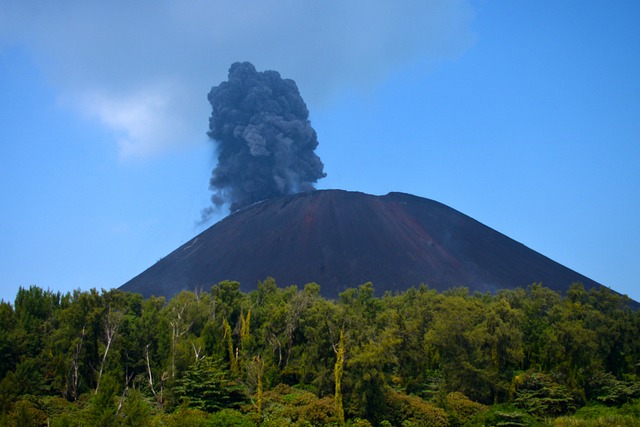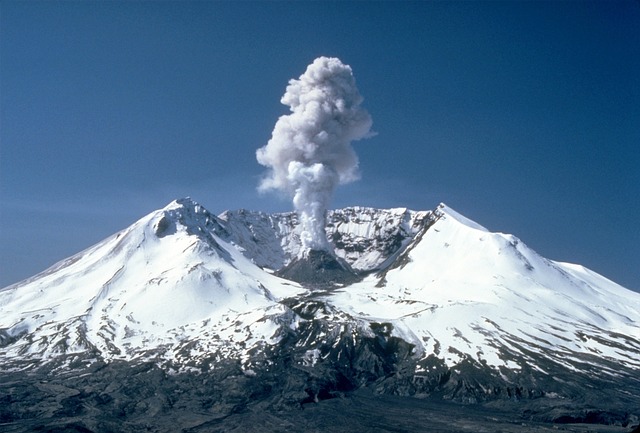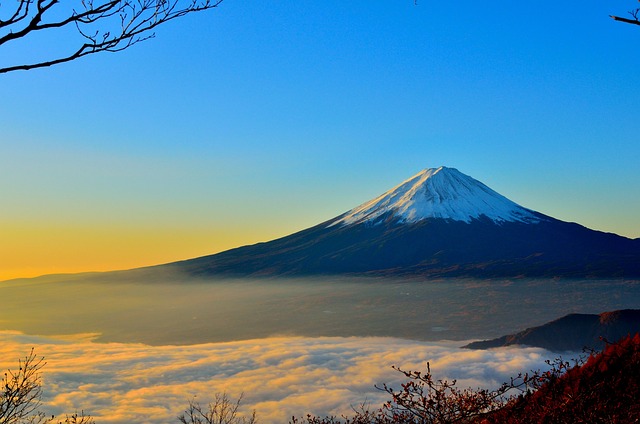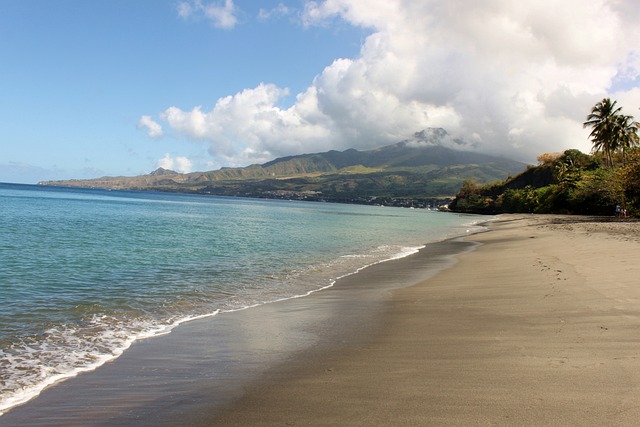A volcano is an opening in the Earth’s surface where molten rock, ash, and gas can escape. Volcanoes can be found all over the world and come in many different shapes and sizes. Some are highly active and erupt frequently, while others are dormant or extinct. Here are some of the most famous volcanoes in the world and their characteristics:
Mount Vesuvius

Mount Vesuvius is located in Italy, Mount Vesuvius is best known for its eruption in AD 79 that buried the Roman cities of Pompeii, Herculaneum, and Stabiae. It is considered one of the most dangerous volcanoes in the world due to its proximity to the city of Naples and its history of violent eruptions.
Krakato

Krakatoa located in Indonesia, Krakatoa is famous for its eruption in 1883, which was one of the most powerful in recorded history. The eruption was heard as far away as Australia and killed more than 36,000 people. The eruption also created a massive tsunami that destroyed many coastal villages.
Mount St. Helen

Mount St. Helens is located in the United States, Mount St. Helens is famous for its eruption in 1980, which was the deadliest and most destructive volcanic event in U.S. history. The eruption killed 57 people, caused widespread damage to the surrounding area, and created a new crater on the mountain.
Mount Fuji

Mount Fuji is located in Japan, Mount Fuji is the highest volcano in Japan and is considered a sacred mountain. It is also a popular tourist destination, with thousands of people climbing it every year. It last erupted in 1707-1708.
Mount Etna

Mount Etna is located in Italy, Mount Etna is one of the most active volcanoes in the world and has been in a near-constant state of eruption for thousands of years. It is also one of the most well-studied volcanoes in the world, with scientists monitoring its activity closely.
Mount Pelee

Located in Martinique, Mount Pelee is famous for its eruption in 1902, which killed more than 30,000 people in the nearby town of Saint-Pierre. The eruption was one of the deadliest in history and destroyed the entire town.
Interesting facts and statistics about volcanoes
- The world’s largest volcano is Mauna Loa on the island of Hawaii. It is a shield volcano that covers an area of 5,271 square miles (13,678 square kilometers) and is more than 17 miles (27 kilometers) long.
- The world’s most active volcano is Kilauea on the island of Hawaii. It has been erupting almost continuously since 1983, and has erupted more than 30 times in the past 200 years.
- The world’s highest volcano is Ojos del Salado in Chile and Argentina, which stands at a height of 22,615 feet (6,893 meters).
- Volcanoes are found on every continent, including Antarctica.
- The term “volcano” comes from the Roman god of fire, Vulcan.
- The eruption of the Toba supervolcano in Indonesia 74,000 years ago is thought to have caused a volcanic winter that lasted for six to ten years, and may have reduced the human population to as few as 15,000 individuals.
- Volcanic ash can travel great distances and can cause damage to aircraft engines, as well as affect air traffic and cause flight cancellations.
- Volcanoes also have positive effects on the environment and can create new land, as well as provide fertile soil for agriculture.
- Volcanoes are also associated with geothermal energy, which can be used to generate electricity.
- Volcanic eruptions can also create beautiful landscapes and tourist attractions, such as hot springs, geysers, and colorful volcanic landscapes.
